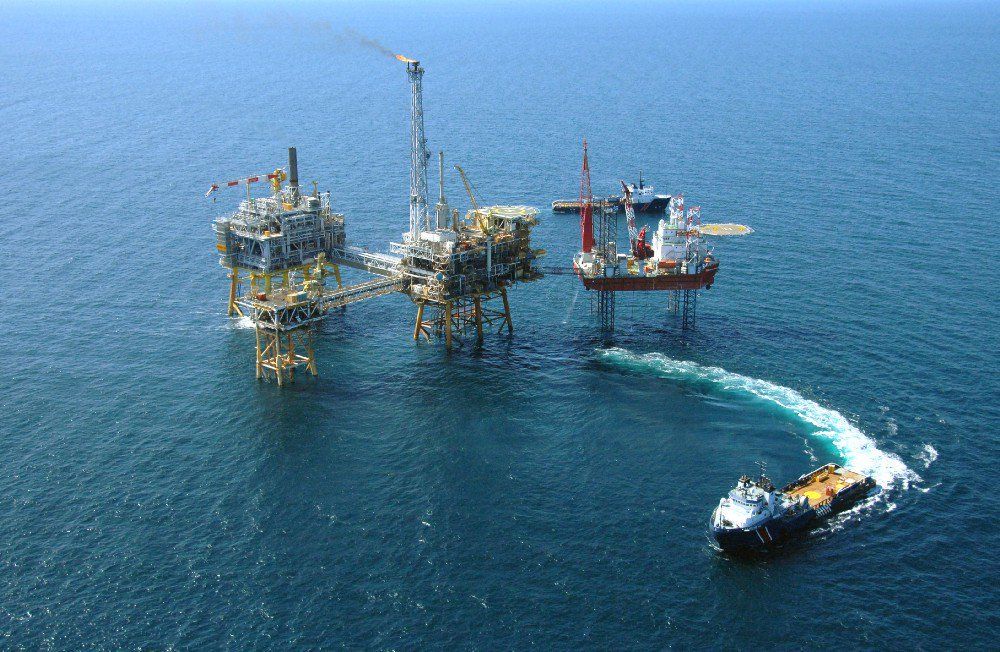I don’t know if anyone else has noticed, but while we weren’t looking, a significant portion of our industrial base has been hollowed out. And we will likely live to regret it.
While at the Lloydminster Heavy Oil Show Sept. 11-12, Mark Scholz, longtime president of the Canadian Association of Energy Contractors (CAOEC), took the stage as part of an industry association panel. Mark has been president of the association for a long time and oversaw its transformation from its previous name, the Canadian Association of Oilwell Drilling Contractors. As he noted on stage, members are drilling for more than oil these days. Those same drilling and service rigs the association represents drill for natural gas, but also helium, lithium, potash and geothermal wells.
That’s why Pipeline Online is “Saskatchewan’s Energy News,” not “Saskatchewan’s Petroleum News.” I’ve been present and documented the drilling of oil, helium, lithium and geothermal wells. No one drills for gas in Saskatchewan anymore, but maybe someday I’ll be around for a potash well.
But due to all that work, we need the heavy iron to drill the holes. And, like other parts of Canada’s industrial base, the domestic ability to build the equipment has withered on the vine.
It’s something I’ve been worried about for a long time. Scholz and I have discussed it many times over the years. On Sept. 12, he told me, “I’m actually very, very worried about our capability as a country to build drilling rigs, in particular, whether it’s in Saskatchewan or Alberta because there’s no business case for it. As I said, we haven’t seen a rig built in over ten years. So speaking with rig manufacturers, actually, as of last, last week, that equipment is going to be built in the United States and shipped up to Canada.”
He noted that a few rigs had been built, but they had gone to Saudi Arabia or Alaska. They didn’t join the Canadian fleet.
We’ve seen this before in Canada. During the Second World War, Canada went from a pitiful navy to the third largest in the world, after the US and UK. But now, our shipbuilding capacity is almost laughable. Our national shipbuilding strategy, announced under Stephen Harper in 2010, has yet to build one replacement destroyer for our deteriorating fleet. As for commercial shipbuilding – forget it. If you want a big ship to ply the world’s oceans, go to South Korea, China or Japan. Forget about Canada.
While ships are important for getting our product to market, since they are on the ocean, contracting them from foreign shores and flags isn’t that big of a deal. However, oil production is the biggest industry in Canada. While most of it is oilsands, conventional oil production, thermal oil production, and all gas production still require drilling.
The price shocks that hit in 2014 dramatically changed the industry, causing oil producers to push drillers to become much more efficient. And they have. The reality is Canada produces a lot more oil now than it did in 2014, with less than half the rigs. Saskatchewan maintained relatively flat production at that time, but we saw our rig counts fall from 110 during the busiest season to closer to 40.
We’ve been able to do that because we had a lot of iron around, but when you stop building new iron, eventually you wear out your fleet. And we have done just that – stopped building.
Sooner or later, the people who did that work have found different jobs. Maybe some of it is in upgrades and maintenance. But the institutional knowledge for new-build construction has scattered to the winds.
When I moved to Estevan in 2008, we had a factory building drilling rigs, right here, in this small town. I made a fair bit of money taking photos of shiny, brand new rigs as they went to work on their first holes for proud owners of those rigs. But that factory is long gone. More importantly, the industrial hub of Nisku is no longer punching out rigs for the Canadian market. Is there any capacity left to build new rigs?
And the remaining iron we have is slowly wearing out. Those shiny rigs I took photos of over ten years ago aren’t so shiny anymore. While you can get decades out of a rig, eventually everything wears out. And we won’t have much oil, gas, helium, brine lithium or potash without them.
Canada needs to wake up and realize we need our own industrial capacity on this and many other fronts, lest we be left behind.
Brian Zinchuk is editor and owner of Pipeline Online, and occasional contributor to the Frontier Centre for Public Policy. He can be reached at brian.zinchuk@pipelineonline.ca.



